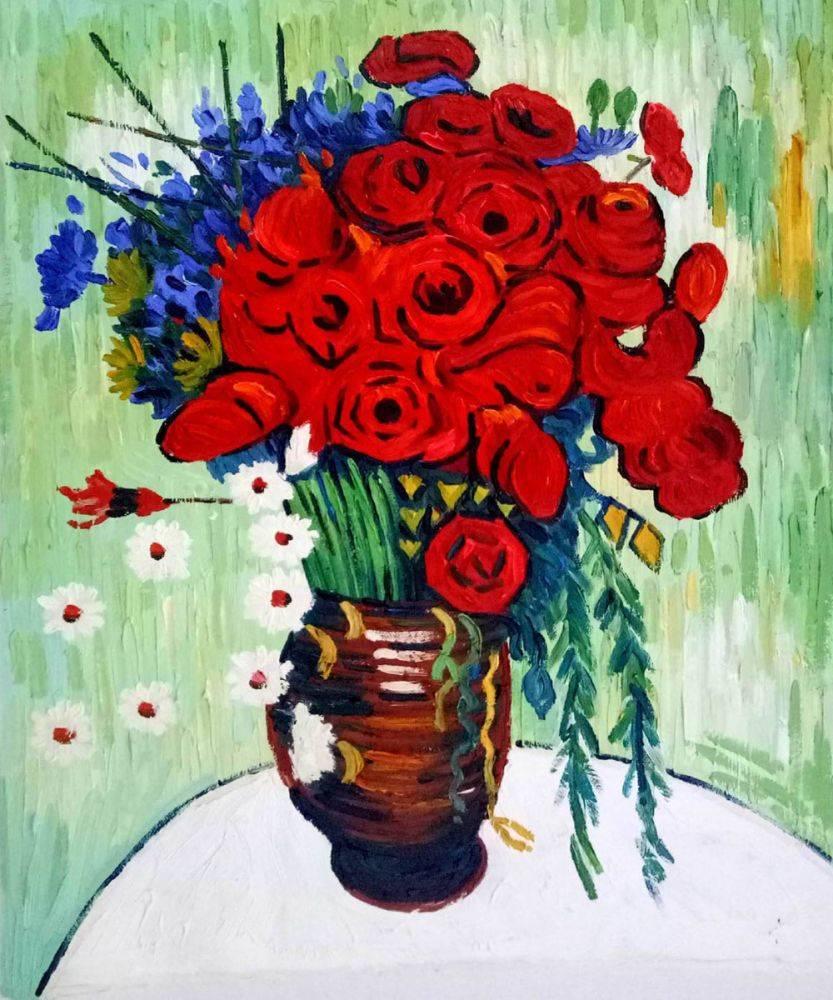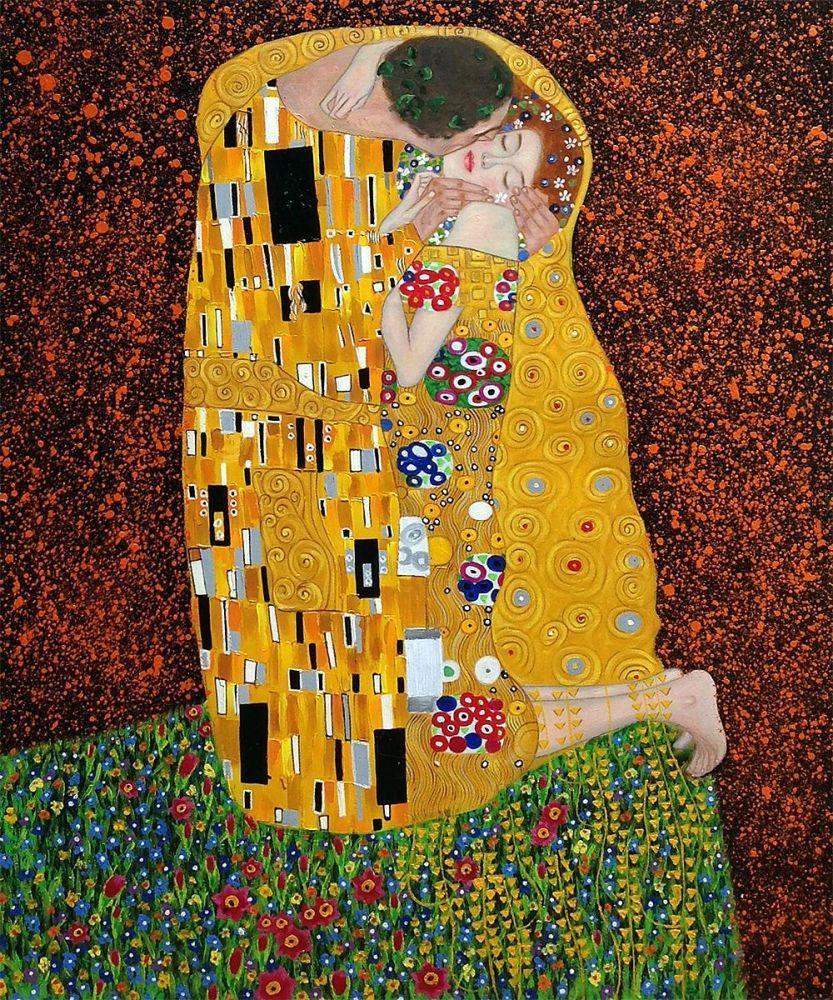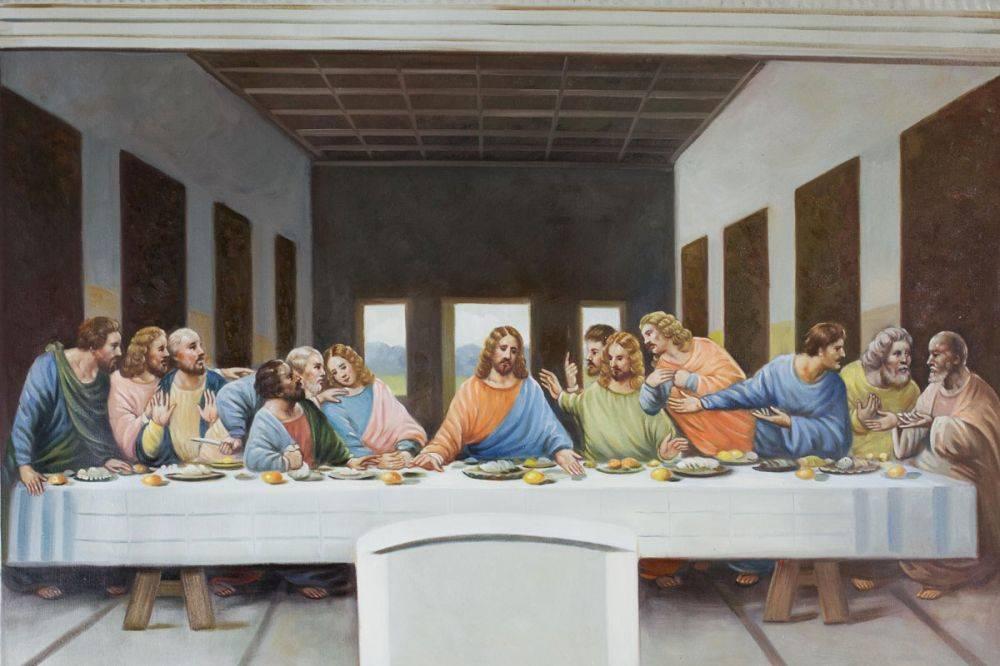Art
Cubism and Camouflage
 War has led to many artistic conceptions over the past few centuries, and war artists still paint today’s conflicts. But did you know that there’s a link between the art form of Cubism and the development of military camouflage?
War has led to many artistic conceptions over the past few centuries, and war artists still paint today’s conflicts. But did you know that there’s a link between the art form of Cubism and the development of military camouflage?
It turns out that the first camouflage unit was set up by the French army in World War I, 1915 and comprised mainly of artists, who used Cubist techniques to hide equipment and to make uniforms less visible.
It “tells the story of how cubism inspired a new approach to military designs and uniforms in the 20th century,” says Guardian art critic Jonathan Jones.
The Cubism style appeared in European art just before World War I. Pablo Picasso destroyed perspective and turned appearances inside-out with this new style.
When war broke out, this new art gave birth to a military invention that still shapes our visual culture today. Soldiers who had been artists before the war started to experiment with fragmented patterns on field guns and uniforms. The patterns and colors were partially done for military purposes and partially served as an artistic retreat for the artists in the trenches as they faced death.



